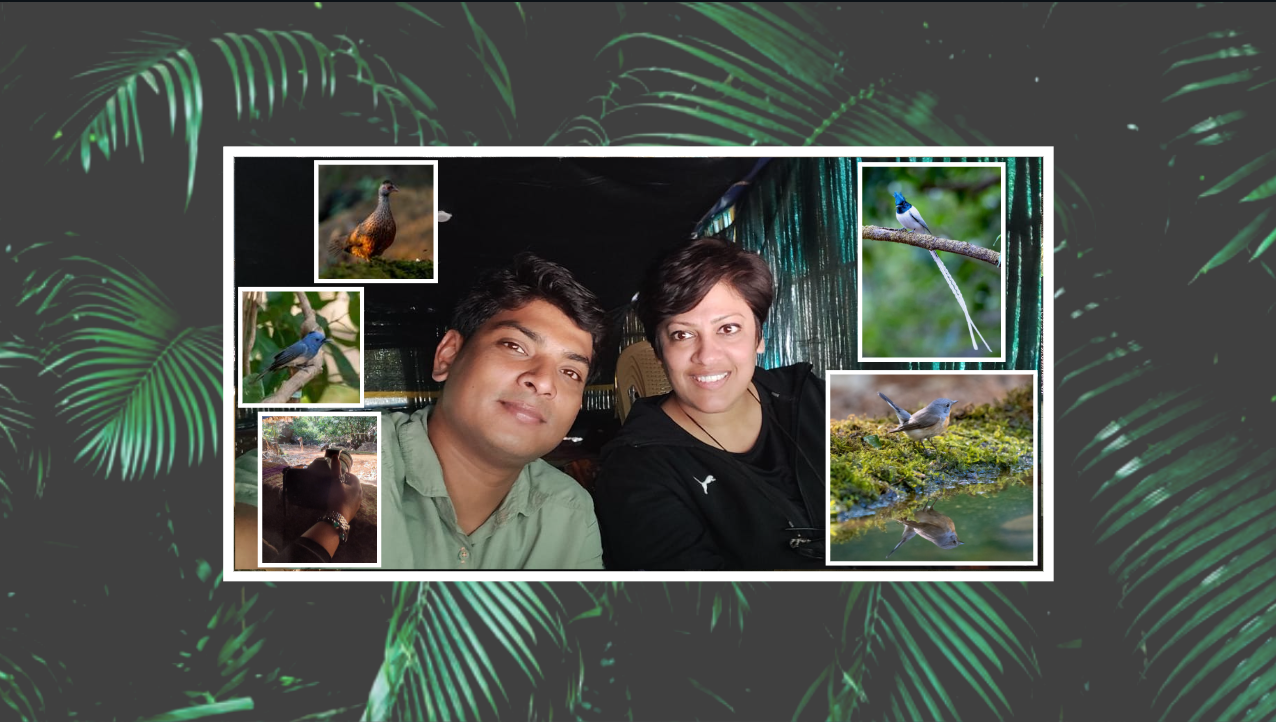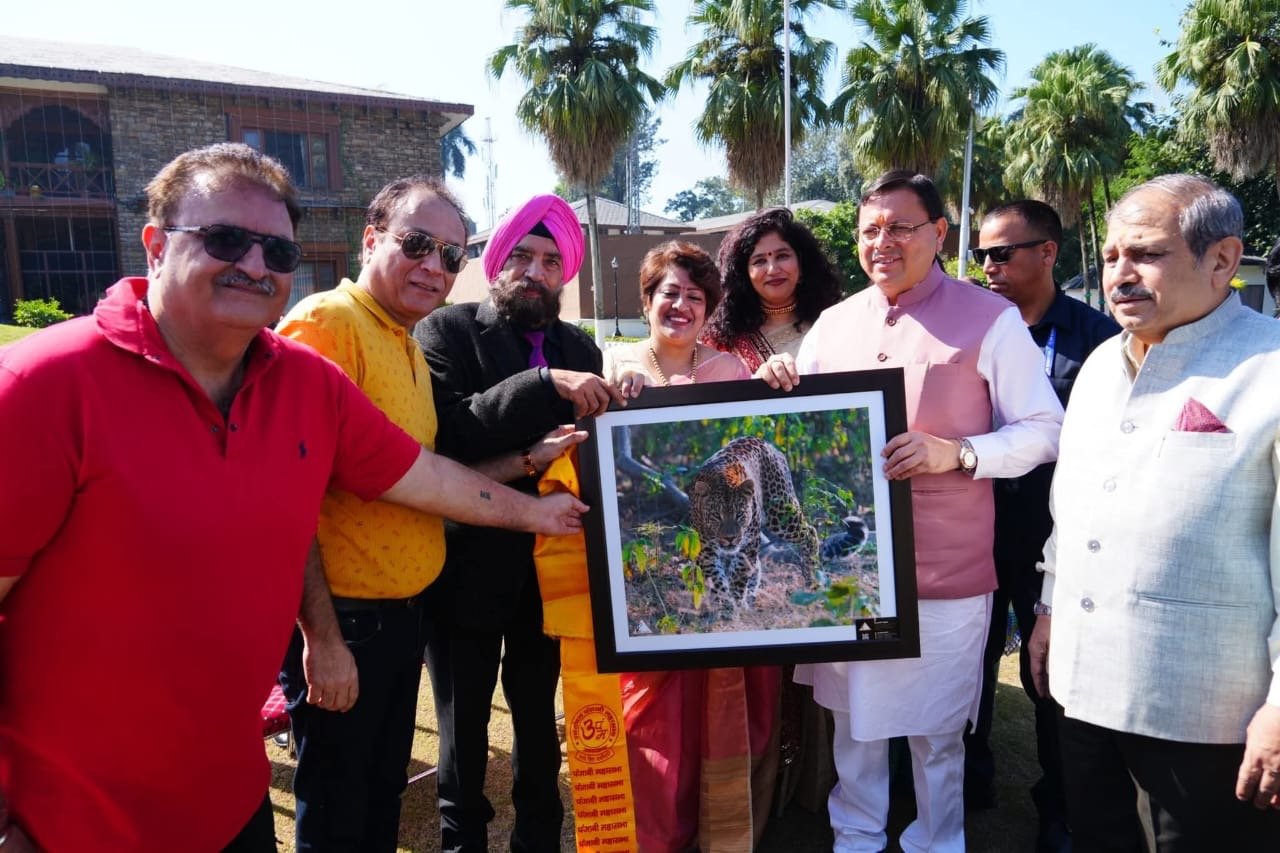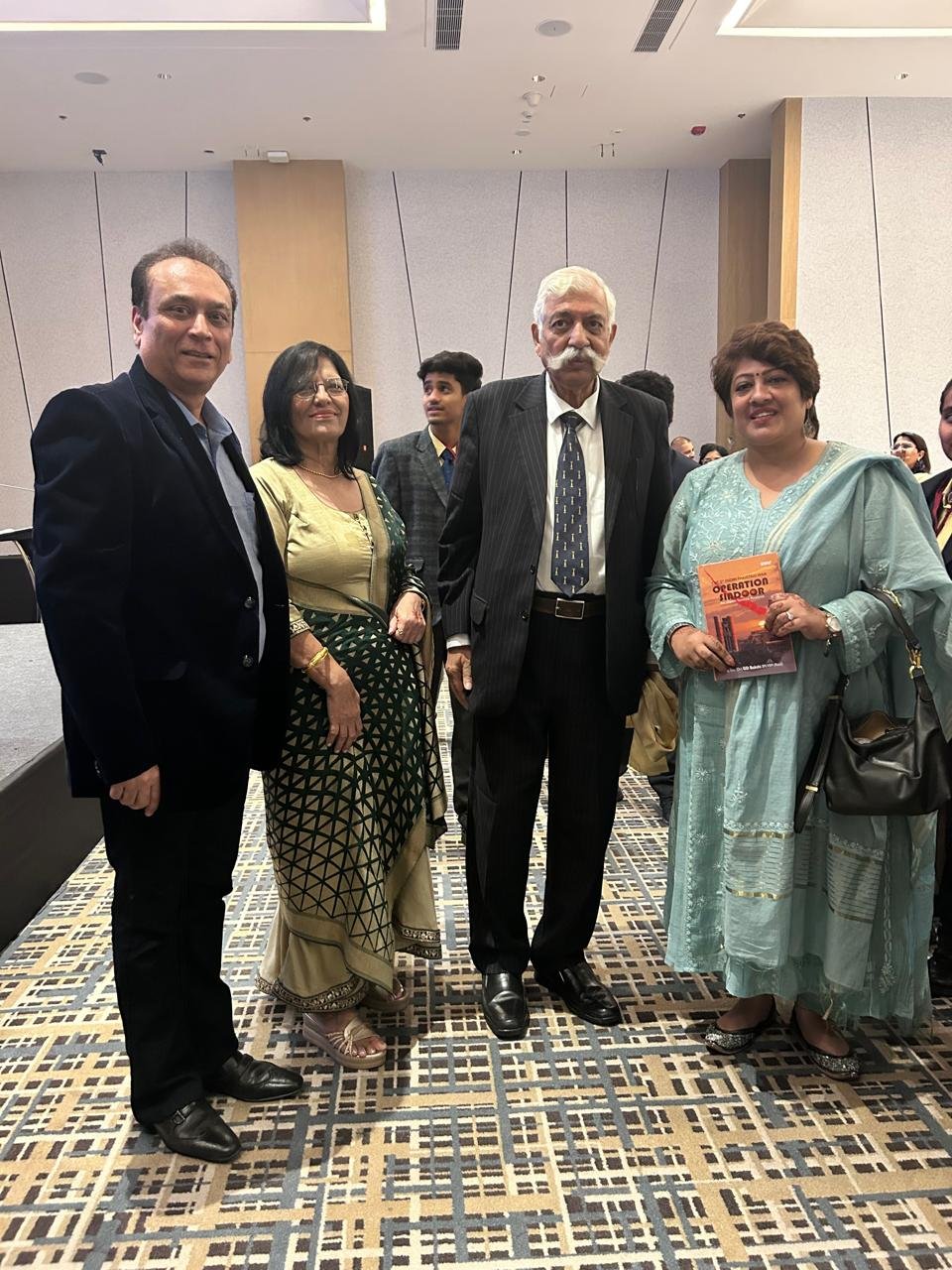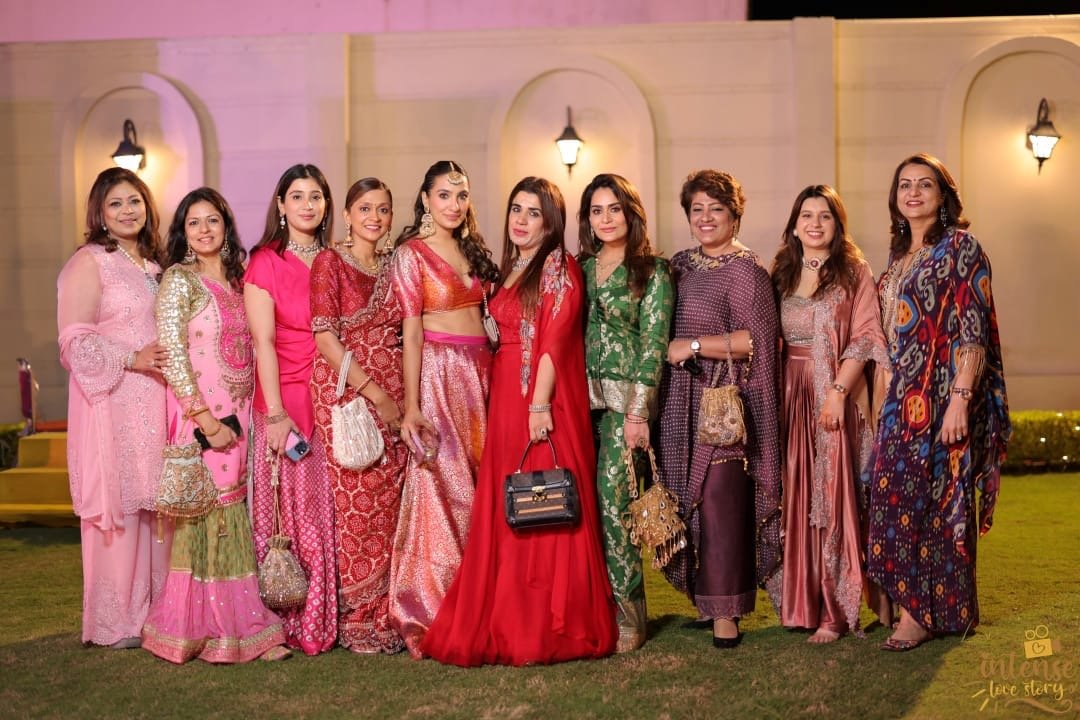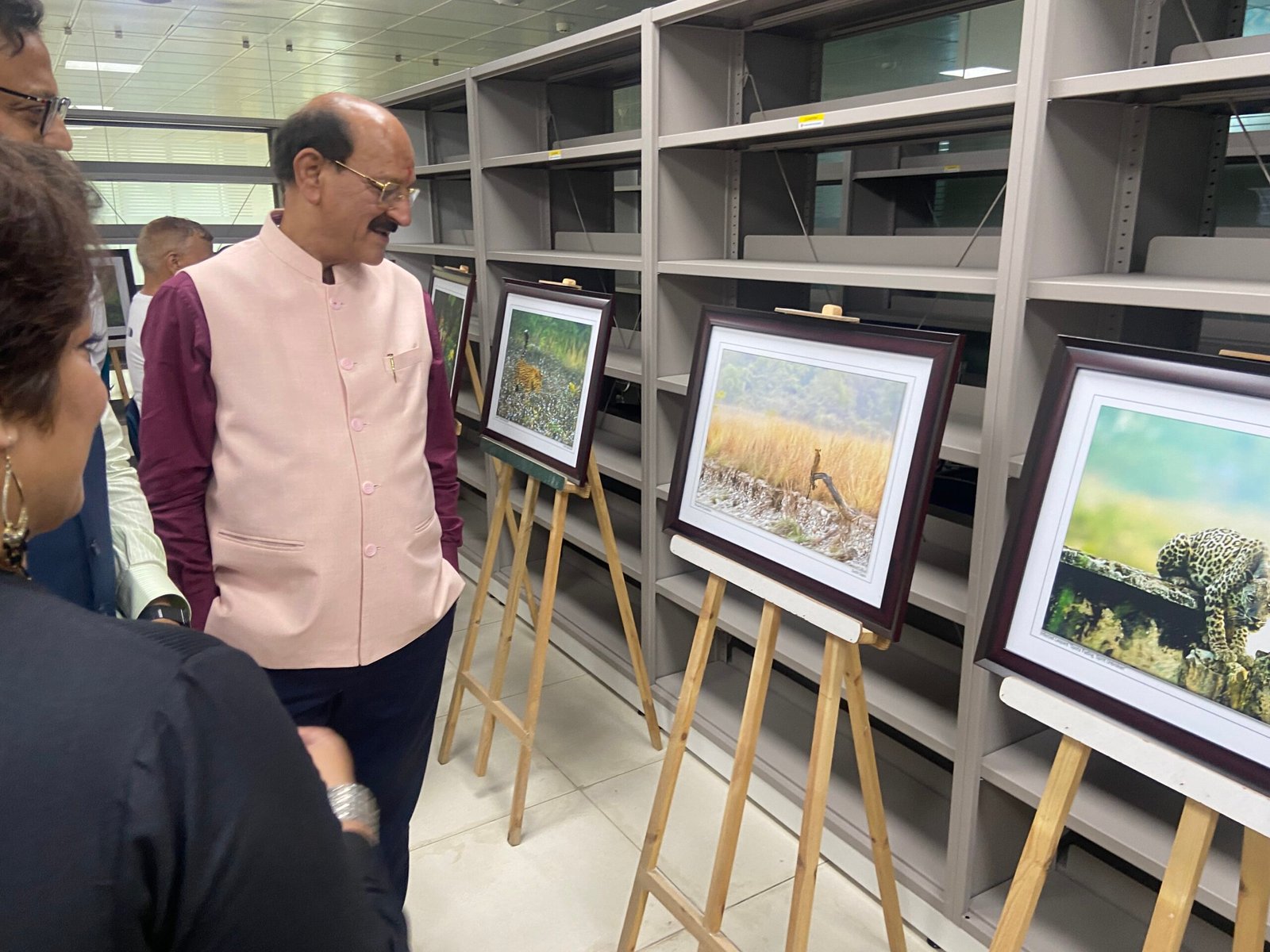‘Sometimes, you find yourself in the middle of nowhere,
and sometimes, in the middle of nowhere, you find yourself!’
October to February end is usually considered the best bird watching season in India to capture migrating birds. I was getting very restless as it was almost end January and it had been some time since I had last picked up my camera. Meanwhile, some of my Pune photographer friends had been posting some interesting bird pictures. Pune had been on my bucket list and I decided to tick it off. I spoke to Mr. Manish Nikte, a very senior wildlife photographer based out of Pune, who also conducts guided wildlife experiences all over the world (nature.in.f0cus). He suggested that I spent a day at Tamhini Nature’s Nest, a place that provides an excellent opportunity to observe and photograph a wide variety of birds at close proximity. I immediately booked my tickets to Pune.
Tamhini Ghat is a cut in the Siyadri mountain passage located between Mulshi and Tamhini in Maharashtra, India. Noted for its surroundings encompassing scenic waterfalls, lakes and dense woods, it is considered to be the 5th wettest place in India. Comprising of a variety of green velvety carpets, gushing streams, dark grey clouds stooping low, and the mysterious hidden waterfalls, it attracts tourists from far and wide. Situated on the crest of the Western Ghat mountain ranges, Tamhini Nature’s Nest (tamhini_natures_nest) is 65 km away from Pune and accessible only by road. The place, apart from bird & mammal watching also offers herping, night trails, winter camping with barbeque and bonfire, staying in tents, experiencing picturesque sunrise & sunsets while enjoying the waterfalls, forest treks and village visits. It is owned by Mr. Ramdas Yenpure, a very gentle, soft-spoken man who I have nick named the “Bear Grylls” of Maharashtra. As much as I was mesmerised by the beauty of the Ghats, it scared me to be a lone traveller with no phone connectivity for almost over an hour. Later I would realise that it was totally worth the effort.
I reached the location at 7:30am and booked a place for the whole day. Amidst the valley of mountains, hidden in the lush green forest were three hides accommodating for 7-8 photographers in totality, overlooking an artificial water hole. As I had reached a little early, I tried 3-4 different seats and finally plonked myself on the one with the best eye level view of the waterhole. This was my first experience as personally I don’t like the concept of a hide, but the place was too spellbinding. Hot cutting chai was served to me and soon I settled down. The first visitor was a Tiaga flycatcher, followed by the Tickell’s blue flycatcher and then there was no stopping of the little cuties visiting one after the other. Some just stopping over for a sip of water, while some taking a little dip in it or enjoying a bath while others playing water games with their mates. The show went on till lunch time when we were forced to leave our station and head for some delicious home cooked meals, served in a make do lunch area under the canopy of trees.
As the sun had shifted its direction, I decided to shift my seat too. After a while Ramdas joined me and suggested I take videos of the birds bathing as that was the trend now. The only videos I had ever taken were from my mobile and I sheepishly accepted my lack of knowledge in the field. Luckily for me Mr.Pranav Joshi (birding_with_pranav) was in the adjoining hide with his client Dr. G Borka. We were gracious enough to explain the functioning and assist me with the videography process. Ramdas provided a tripod to me and after certain failed attempts, I finally managed to capture a lovely video of the paradise flycatcher male dip into the water and fly out. A split-second action I had in the past only captured as a still image and I had been wanting to capture as a video since a very long time!
The day had gone well, progressing into evening way too fast, nonetheless this short but absorbing trip taught me to deal with some of my apprehensions. I learnt the art of videography that I had been shying away from and managed to capture some interesting clips (both still & videos) of at least 20-25 different species of birds including the paradise flycatcher dip into the water, the Monarch pair, red spurfowl (lifer for me), to name a few… The icing on the cake was the notorious Giant Malabar squirrel that I managed to capture just in time before it leaped on and disappeared into the thick canopy of the dense trees. It was already time to get back home, passing again, thru the no connectivity zone of the Western Ghats.
As much as I enjoyed the journey back absorbing the sunsets and the birds roosting, I was reciting the Hanuman Chalisa to the beat of my heart pounding hard, till I reached the connectivity zone.

